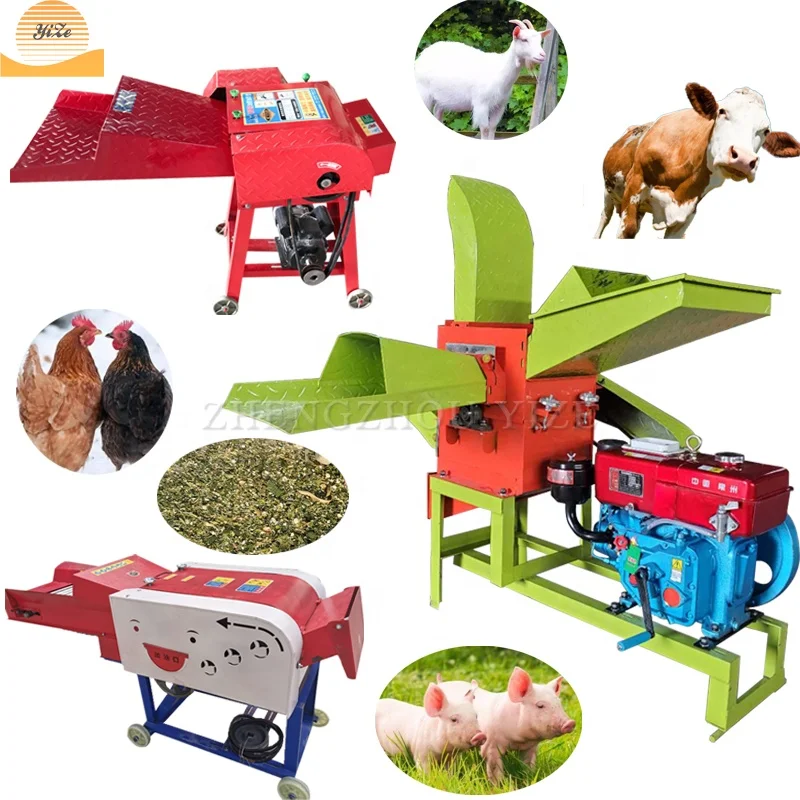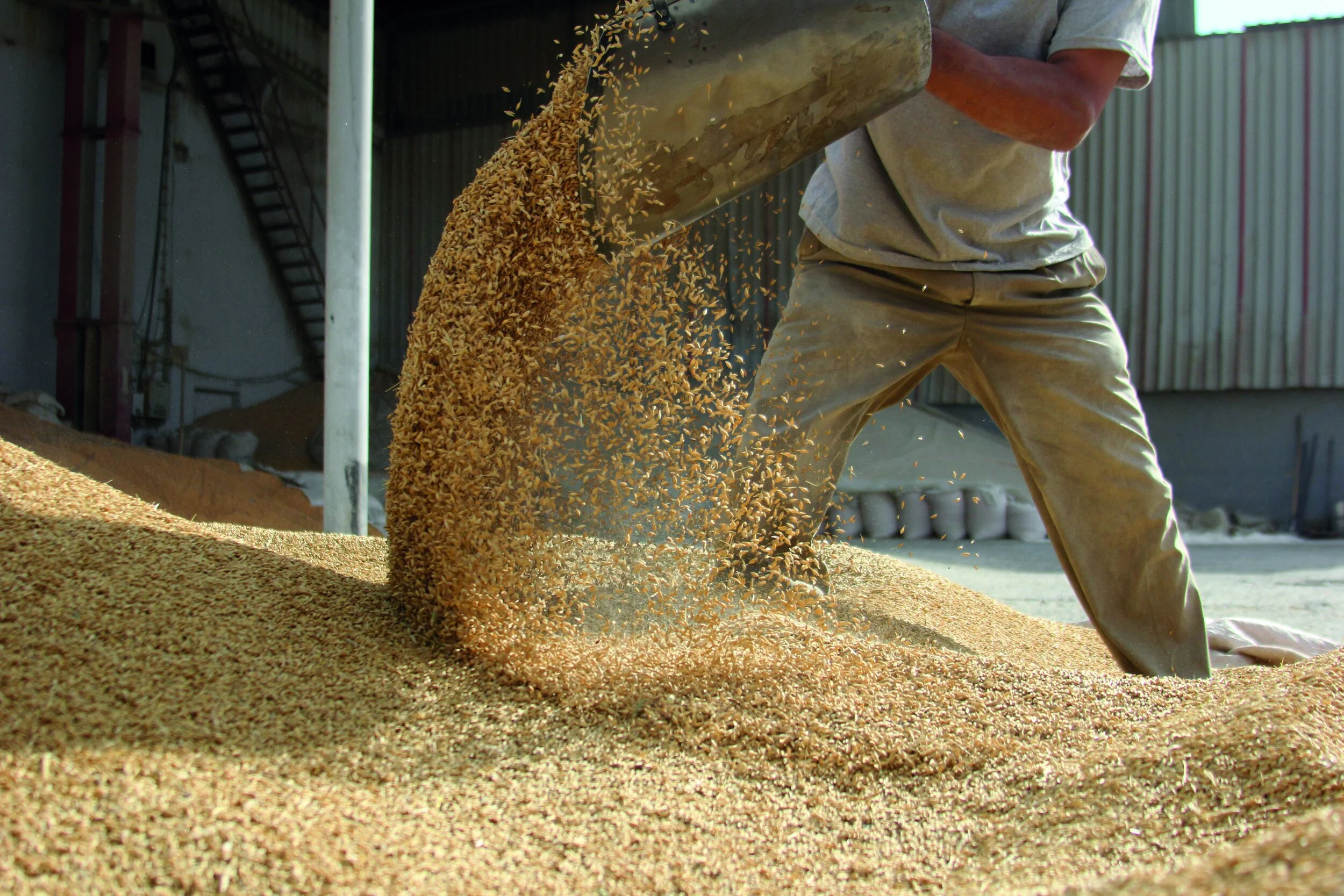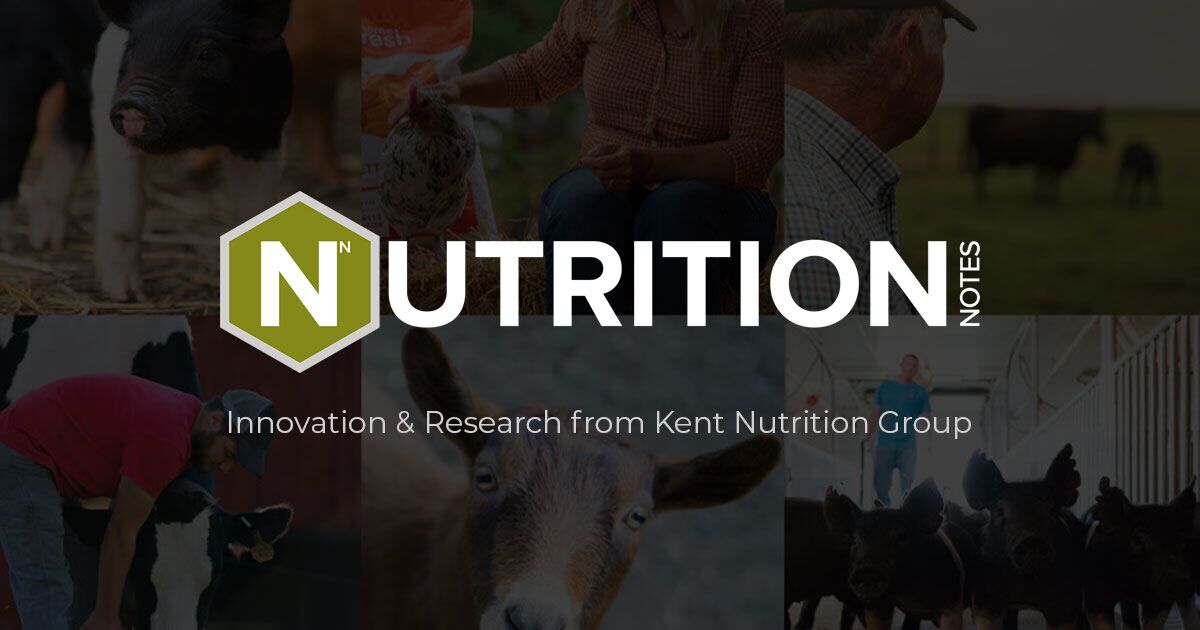Feed Processing and Palatability for Your Horse

Feeding your horse the right diet is crucial for its health, performance, and overall well-being. Understanding feed processing and palatability can help you make informed decisions to optimize your horse’s nutrition.
What is Feed Processing?

Feed processing refers to the various methods used to prepare and treat horse feed to improve its digestibility, nutrient availability, and safety. Common processing techniques include:
| Processing Method | Description | Benefits |
|---|---|---|
| Grinding | Breaking down grains or forage into smaller particles | Enhances digestibility and nutrient absorption |
| Pelleting | Compressing feed into pellets | Reduces feed wastage and improves intake consistency |
| Extruding | Applying heat and pressure to shape feed | Increases starch gelatinization and digestibility |
| Soaking | Moistening feed, especially hay cubes or beet pulp | Helps reduce dust and improves palatability |
Importance of Palatability
Palatability is how appealing the feed is to your horse, influencing how readily they consume it. Factors affecting palatability include:
- Taste and Smell: Horses prefer sweet and mild flavors; bitter or moldy feeds are often rejected.
- Texture: Soft, moist feeds are generally more acceptable than dry, coarse ones.
- Temperature: Feed served at ambient temperature is usually preferred.
Improving palatability ensures your horse eats enough to meet its nutritional needs, especially when introducing new feeds or supplements.
Tips to Enhance Feed Palatability
- Gradually introduce new feeds to allow adaptation.
- Mix supplements with molasses or apple sauce to mask unpleasant tastes.
- Use feed processing methods like pelleting or soaking to improve texture.
- Maintain clean feeding areas to prevent contamination.
Frequently Asked Questions (FAQ)
Q1: Can feed processing affect nutrient content?
A1: Yes, some processing methods like heat treatment can reduce certain vitamins but generally improve digestibility.
Q2: How do I know if my horse is rejecting feed due to palatability?
A2: Signs include selective eating, leaving feed uneaten, or showing reluctance at feeding time.
Q3: Is pelleted feed better than loose feed?
A3: Pelleted feed can reduce wastage and improve intake but may be more expensive; the choice depends on your horse’s needs.
Q4: Can soaking hay cubes improve palatability?
A4: Yes, soaking reduces dust and softens the cubes, making them more appealing and easier to chew.
Conclusion
Understanding feed processing and palatability helps you provide a diet that your horse enjoys and benefits from nutritionally. By selecting appropriate processing methods and enhancing palatability, you support your horse’s health and performance effectively.
